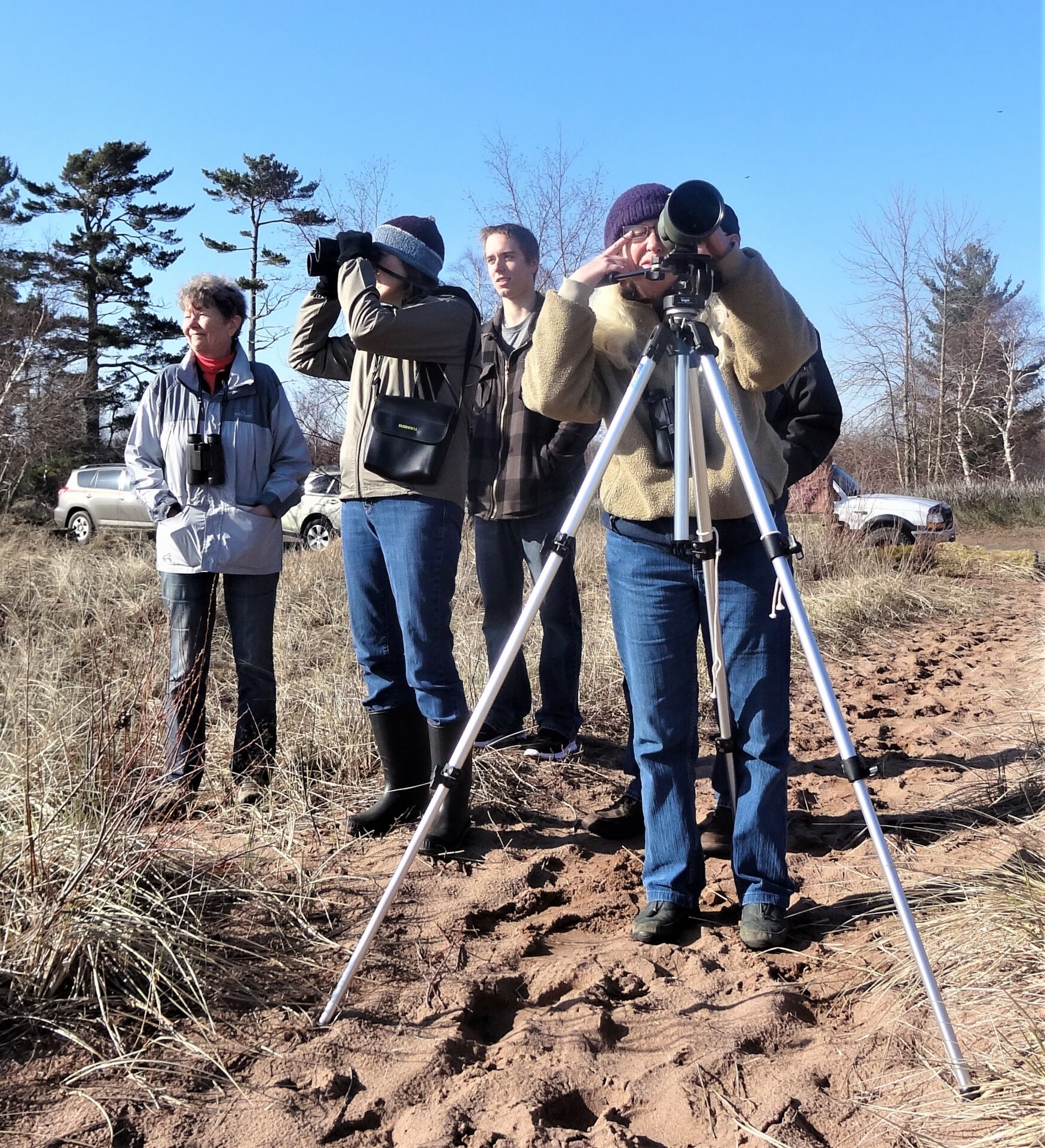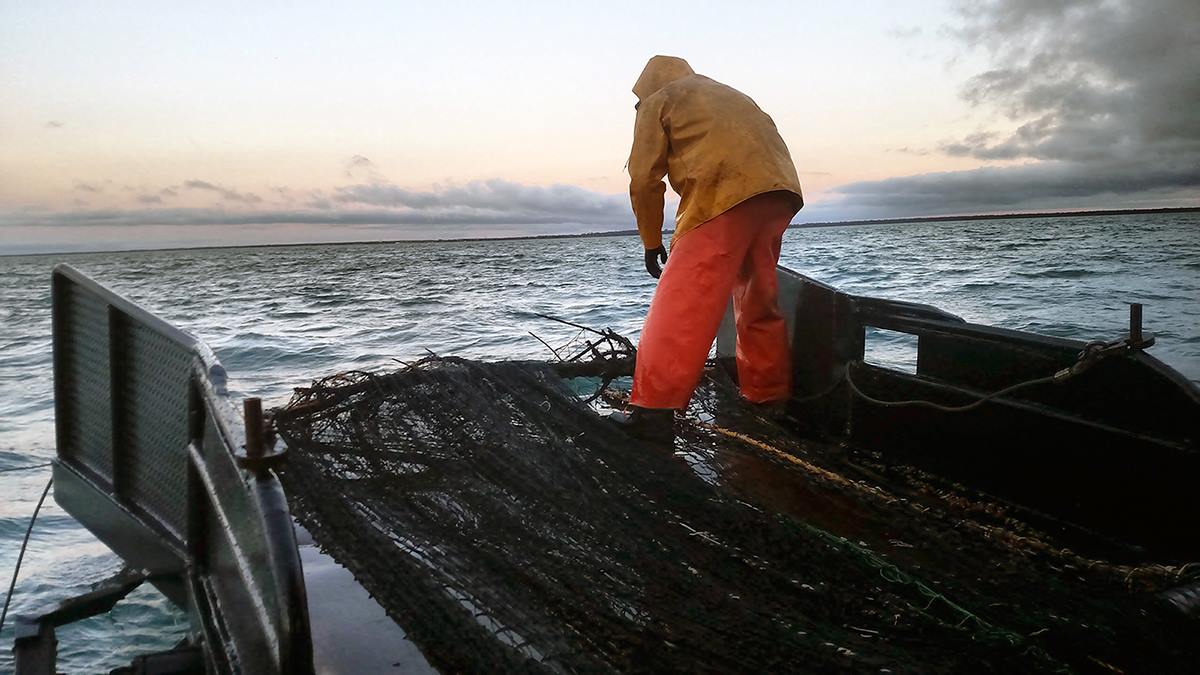Will Allen’s in the middle of another busy day in Washington, D.C., when he takes the phone call. Yesterday, he spoke on the White House lawn as part of his role on an ongoing presidential panel on the future of the U.S. food system. Later today, he’ll be part of a photo op as First Lady Michelle Obama and a group of kids who’ve been part of her Let’s Move program harvest the last round of vegetables from the garden on the White House grounds.
A national profile’s nothing new for Allen, 67, the former professional basketball player who’s used his charisma, drive and business acumen to champion the cause of urban farming, becoming one of the most recognizable faces of the modern food revolution. Working from the urban center of Milwaukee, where Growing Power, the organization he founded in 1993, is housed, Allen has spent the last two-plus decades training thousands in the art of aquaponics and urban aquaculture. Earlier this year, he became a member of Wisconsin Sea Grant’s Advisory Council, advising the organization on its upcoming strategic planning process and future research directions.
His addition to the council was simply the formalization of a relationship that’s been in place for many years. For more than a decade, Allen’s been collaborating with Fred Binkowski, Wisconsin Sea Grant’s aquaculture outreach specialist, to train more than a thousand people to become aquaponics farmers. Binkowski, a senior scientist with the UW-Milwaukee School of Freshwater Sciences, revealed that it’s possible to manipulate light in the holding tank area to trick yellow perch into spawning year-round.
“We’re incredibly fortunate to have an individual of Will’s character and stature affiliated with our organization,” said Jim Hurley, Wisconsin Sea Grant’s director.
“I really wanted to spread the word,” said Allen. “I just want to see the industry grow, to provide good food and good jobs for people. I thought joining the council would be a great opportunity for my voice to be heard, to be able to voice some of the concerns of the inner city on these issues. Aquaponics needs someone to speak up for it and I think I can be that voice.”
Allen’s keenly aware that the biggest obstacle to continued growth of the aquaponics industry is proper training. It’s all too easy for an untrained fish farmer to make a mistake that results in the death of half the crop and an expensive, sometimes business-killing, financial loss.
“Growing a fish is much harder than growing a plant,” he noted.
Currently, most of the top-flight aquaponics training takes place within the university setting–in Wisconsin, at the School of Freshwater Sciences and at the University of Wisconsin-Stevens Point Northern Aquaculture Demonstration Facility. Allen and Growing Power have been working to change that, since not every would-be entrepreneur has access to those resources.
“It’s about getting more people involved,” said Allen. “I can be the face, I can be one of the leaders, but this will ultimately be done by entrepreneurs. Nonprofits and the university have an important role to play, but entrepreneurs will be the ones who expand it.”
Infrastructure is the other big missing piece. While there’s no shortage of abandoned warehouses in places like downtown Milwaukee that could be converted to aquaponics operations, the lack of a privately held hatchery to provide enough fish fingerlings to fuel a new wave of aquaponics startups presents an ongoing problem. Allen and Binkowski have already moved to address the shortfall—they’ve partnered with a group called The Farmory to create a hatchery in the Green Bay area. Allen’s also working to open an urban hatchery near Kent and North avenues in Milwaukee.
Allen’s also honed in on the next generation of urban farmers. Thanks in large part to Growing Power’s outreach efforts, 37 schools in the Milwaukee School District currently offer some sort of aquaponics-based educational units.
“It’s all about providing a clean fish,” explained Allen, “but you can be innovative in how you design it. Every system doesn’t have to be the same, and that’s exciting for young people who are interested in pursuing agriculture, architecture and engineering.”





